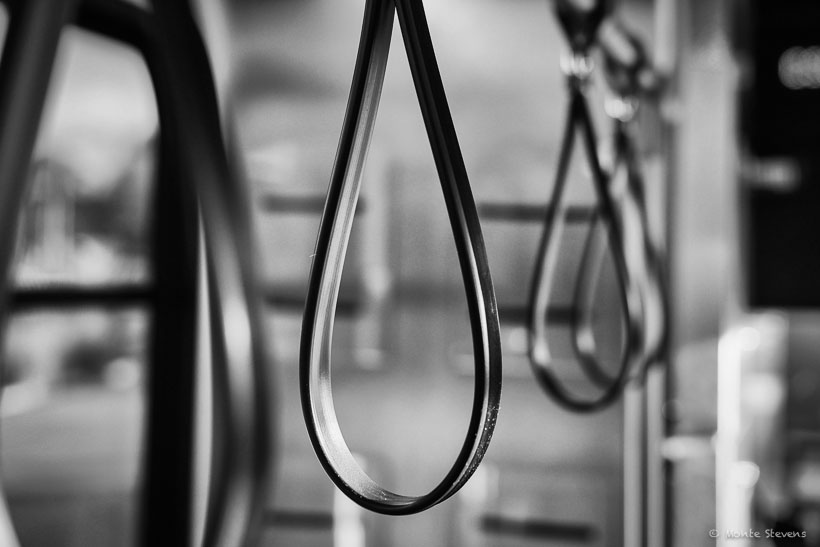Final Prototype
Based on my findings from the previous model, I decided to tweak my design to something a little more ergonomic and smoother to use.
Sketching

For this design, I decided to ditch the diamonds and instead try for a natural rolling hill approach. This version still maintains all the fun features of the previous design (hills and valleys, extensions to make it usable for all hand sizes, extended sides to sit firmly on the bus strap), but with a few added elements.
I decided to switch from a three-diamond approach to a four-hill approach as the diamonds proved a little rough for user hands and the hills felt nicer to the touch. While the grip is meant to guide users to a hand position that they are comfortable with, the diamonds were a tad aggressive and as such the hills offer the same guidance but with a little more flexibility on the user’s part to shift their position as needed. I also added slight knurling on the extensions on the ends and in the valleys to provide better texturized grip for the users.
Clay Model

Final model top view (left) and side view (right)

Close of up knurling pattern for grip (left) and flexed handle in action (right)
For the final model, I incorporated cardboard pieces as a flexible and strong scaffold to build the strap gripper. While the assignment called for use of a wood skeleton, since my product is flexible fabric, I felt the cardboard was more appropriate for use than wood. I used a main piece of cardboard as a strap base to model the main structure onto, and I used 2-3 layered mini-domes of cardboard to help structure the new hill design of the gripper.
